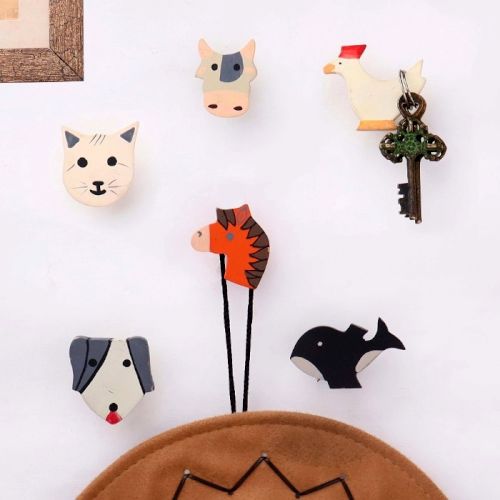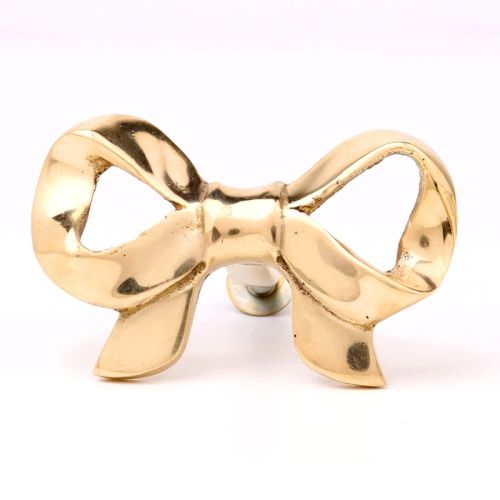The Aesthetic Power of Metal Wall Art in Home and Culture
Metal wall art is more than ornament. It is architecture, sculpture, and sentiment pressed into form. Forged from elements that have witnessed time, iron, brass, copper, it carries both industrial lineage and artistic sensitivity. Unlike fleeting trends or printed ephemera, metal remains. It lives with the wall, breathes with the light, and shifts as seasons pass. This form of art is rooted in ancient craftsmanship yet speaks fluently in contemporary interiors. From homes to galleries, it is not just seen but felt through its weight, reflection, silence, and boldness. It is art that speaks when the room chooses to listen.
What Is Metal Wall Art?
Metal wall art is artwork created from metals such as iron, aluminum, brass, or copper and mounted on walls to serve as decorative or conceptual pieces. It can take many forms, cut-out silhouettes, embossed panels, sculptural arrangements, or layered installations. What sets it apart is its interaction with light and texture. It casts shadows, catches sunlight, and changes mood throughout the day. Often handcrafted, it’s rooted in tradition but fluent in modern design languages. It may be minimal or ornate, polished or rustic, spiritual or abstract, but it always carries weight, literally and metaphorically. While other mediums fade or become background noise, metal commands presence. Its finish, burnished, matte, oxidized, or brushed, dictates tone, and its structure creates rhythm. Metal wall art adapts effortlessly, making itself at home in contemporary lofts, ethnic interiors, or bohemian corners. Its resilience and visual dialogue make it more than decoration. It becomes an extension of space and memory.
What Emotions Or Themes Do Metal Wall Artworks Commonly Portray?
Metal wall art is deeply emotional, despite its solid form. Botanical themes often represent rebirth, peace, and the quiet strength of nature. Trees of life suggest rootedness, lineage, and spiritual continuity. Mandalas and geometric patterns convey symmetry, meditation, and cosmic balance. Abstract and fragmented compositions can express modern anxiety, transformation, or fluid identity. Metallic finishes also evoke emotion. Copper radiates warmth and nostalgia. Steel offers cool detachment. Rusted iron introduces decay and memory. The shadow play further deepens meaning, with light altering the perception of mood throughout the day. Tribal and ethnic motifs stir ancestral connections. Minimal geometric designs communicate clarity, simplicity, and balance. There is also a meditative stillness in cut-out designs that rely on negative space. Metal wall art often serves as a mirror to inner emotion, using weight, line, and silence to express themes that paintings or prints may overstate. It whispers, rather than declares, meaning.
What Are The Most Recognized Styles In Metal Wall Art (e.g., Abstract, Botanical, Mandala)?
Among the most recognized styles are abstract compositions, which play with fragmented shapes, spirals, and layered geometry to evoke complexity and dynamism. Botanical designs, leaves, trees, and vines, introduce calm, grounding a space in the rhythms of nature. Mandala-inspired works use repetition and symmetry, echoing spiritual and meditative values. Tribal or ethnic pieces often feature motifs inspired by African masks, Indian folk art, or Indigenous symbols, carrying deep cultural resonance. Spiritual icons such as the Om symbol, Hamsa hand, or Tree of Life speak of devotion, harmony, and protection. Industrial designs, with exposed welds and rough textures, celebrate raw materiality and architectural influence. Minimalist metal lines arranged in linear or modular patterns communicate modern simplicity and order. Calligraphic art using ancient scripts offers a lyrical visual language, merging poetry with form. Each style blends aesthetic with intention, making metal wall art both visually versatile and emotionally layered across interiors and cultural contexts.
Why Is Metal Wall Art Still Revered In The Contemporary Decor World?
Metal wall art holds a timeless appeal because it stands at the confluence of material integrity, visual depth, and spatial poetry. In today’s fast-decor culture, where synthetic prints and disposable design dominate, metal offers permanence. It doesn’t just hang. It belongs. Its sculptural quality invites touch and light. A single piece can shift the mood of a room without speaking loudly. Its reflective surfaces and textures allow it to converse with sunlight, shadow, and structure. As modern spaces lean toward minimalism, metal’s clean forms and raw finishes fit naturally. At the same time, its adaptability makes it perfect for eclectic and traditional interiors. With growing appreciation for artisanal, handcrafted, and sustainable design, metal wall art satisfies aesthetic hunger and ethical desire. It matures with time, acquiring patina and character. It reminds us that design need not always be soft to be intimate. Strength, when forged with intention, becomes art.
Techniques, Mediums & Artistic Tools for Metal Wall Art
Metal wall art isn't just forged; it's curated. Techniques such as repoussé, chasing, etching, welding, engraving, and casting lend dimensionality. The medium moves beyond metal, it becomes movement, silhouette, and narrative. Artists often use oxy-fuel torches for heating, hammer and anvil for shaping, and patina agents for aging. Powder coating adds a matte or glossy flair, while enameling offers colour infusions. Plasma cutters ensure intricate precision, and grinders craft finesse. Each tool becomes an extension of the artist's intention, blending utility with vision. The harmony of harsh metal with soft contours creates a sculpture that breathes through the wall.
How Is Metal Wall Art Traditionally Created?
Traditionally, metal wall art was a symphony of fire, force, and finesse. Craftsmen began with raw sheets, often copper or wrought iron, sketching designs in chalk or ink. Using hammers, chisels, and anvils, they shaped forms through repoussé (pushing metal from behind) or chasing (etching from the front). Then came welding or riveting, forging multiple parts into a singular form. Heat-treating ensured durability, while patina solutions added age, drama, and colouration. Finishes ranged from polished shine to rusted textures, depending on cultural aesthetic, whether tribal, Mughal, or industrial. Whether inspired by deities, nature, or geometry, the process was manual, meditative, and deeply tactile.
What Materials Are Commonly Used In Metal Wall Art (e.g., Iron, Brass, Copper)?
Each metal brings its own story to the wall. Iron, rugged and robust, suits bold industrial or Gothic narratives, echoing strength and resilience. Brass, a copper-zinc alloy, exudes regality with golden hues, perfect for ethnic, vintage, or colonial expressions. Copper, malleable and rich in tone, oxidizes into teal-blue patinas, ideal for botanical or folk motifs. Aluminium, lightweight and corrosion-resistant, lends itself to modernist or abstract forms with clean lines. Steel, especially stainless, offers a high-gloss, contemporary edge. Materials are chosen not just for aesthetics but emotional evocativeness, warmth, antiquity, rebellion, serenity, encoded into surface and structure.
What Role Do Texture, Patina, And Finish Play In Metal Art?
Texture is where metal breathes. It could be hammered for rustic grain, brushed for industrial minimalism, or perforated to allow light and shadow interplay. Patina is metal’s memory, a chemical reaction that tells time’s tale. It invites oxidation, weathering, rust, or verdigris to become the artwork’s soul. Finish, however, sets the tone: matte for understated elegance, glossy for contemporary appeal, satin for muted charm, or antique for historical richness. Together, they orchestrate a sensory dialogue. Texture draws you in, patina roots you in history, and finish guides your emotional response. They transform cold metal into storytelling surfaces alive with intention.
Artistic Intent and Visual Storytelling of Metal Wall Art
Metal wall art is more than décor, it's a textured narrative in alloy. Artists sculpt, forge, and weld stories into each curve, grain, and silhouette. The interplay between industrial rawness and organic form births visuals that breathe. Every oxidized rust mark or polished gleam becomes a deliberate statement. Whether it's a minimalist geometric abstraction or an ornate floral burst, the composition, finish, and spatial tension communicate a silent intent. Artists layer time, memory, and vision through scale, symmetry, negative space, and tactile contrast. The storytelling rests not just in the image, but in how the surface carries light, rust, age, and elegance.
What Stories Or Messages Does Metal Wall Art Aim To Convey?
Metal wall art often channels deep-rooted stories of heritage, resilience, modernity, or the natural world. Artists harness its permanence to immortalize transient themes such as migration, transformation, resistance, or hope. Abstract swirls may reflect inner chaos, while oxidized textures mirror decaying cities or weathered memories. Many pieces evoke nature, leaves, birds, suns, not just for aesthetics, but to suggest rebirth, cycles, and harmony. Others carry industrial messages like machine precision versus human imperfection. In sacred motifs, metals offer reverence and spiritual weight, especially in mandalas or deities. Even contemporary designs whisper ideologies. Clean lines echo minimalism and balance, while asymmetric shapes challenge conformity. The strength of metal becomes the story’s spine.
How Do Artists Express Political, Spiritual, Or Cultural Symbols Through Metal Art?
Artists translate ideology into form through material manipulation. Political resistance may appear in jagged edges, fractured panels, or welded slogans, each scar in the metal a metaphor. Cultural narratives emerge through traditional motifs, tribal etchings, ethnic iconography, and ancestral scripts blended into modern alloys, balancing continuity and change. Spiritual expression often arrives through symmetrical mandalas, sacred geometry, or elemental forms like fire, water, or cosmos, with burnished golds and bronzes evoking divinity. Patina and oxidation become tools of symbolism. Green suggests growth, blackened steel implies suffering. The metal itself is part of the language. Iron speaks of industry, copper of healing, brass of sacredness. Artists bend steel to mirror societal tensions or mold serenity into brass to echo peace.
How Do Light, Shadow, And Metal Finishes Influence The Mood Of A Piece?
Light animates metal. What’s flat in daylight becomes alive in shadowplay. Brushed, matte, or hammered finishes absorb or reflect mood. Polished chrome shimmers with futurism, while oxidized iron broods in vintage melancholy. Artists use depth-cutting and multi-layered sheets to cast intentional shadows, creating dimension, mystery, or movement. A single beam can cause motifs to flicker like fire or stretch like ghost limbs across a wall. Warm light softens sharp contours. Cool light sharpens every edge. The tension between reflectivity and roughness controls emotional tone. In ambient settings, metal breathes. In harsh light, it demands. Finishes like lacquer, enamel, and patina dictate not only durability but drama. Light, in essence, is the collaborator.
Purchase, Collection & Investment of Metal Wall Art
Metal wall art isn’t merely decor it’s a tactile statement of intention. Whether oxidised in bronze hues or forged in sharp iron silhouettes, each piece defines space with texture and permanence. A collector’s eye seeks balance, contrast of polish and patina, raw edge and refinement. Investment in such work grows not only in value but emotional texture; it’s not trend-bound but timeless. Purchase is instinctual but informed, led by material, craftsmanship, and narrative. Curate what disrupts monotony, challenges flatness, breathes movement into walls. Choose pieces that don’t just hang they hover with history, intent, and enduring design.
Where Can You Buy Authentic Or Handmade Metal Wall Art?
Authentic metal wall art thrives in places where hands have shaped it not machines. Artisan-led marketplaces like Craftsvilla, Etsy India, Gaatha, and regional exhibitions or tribal art fairs offer deeply rooted, handmade collections. Look beyond showrooms visit local studios, government emporiums, or craft clusters like Moradabad, Bastar, or Jaipur, where metal artisans pass skills through generations. Ask for process photos, artisan names, or craft documentation true makers usually share their story. Beware of mass-produced replicas authenticity isn’t flawless, it's human. Explore private galleries with curated indigenous work. Often, the truest pieces are the quietest hidden from spotlight, alive in shadows.
How Can You Verify The Quality Of A Metal Wall Artwork?
Quality in metal art reveals itself slowly through weight, weld, finish, and material origin. Run your hand across it. Is it uneven with purpose or careless with production? Examine joints good craftsmanship is seamless, not patched. Patina should deepen, not peel. Ask What alloy was used? Was it hand-cut, cast, or laser-etched? Check for powder coating over cheap spray paint. Artisans often sign their work or leave intentional markings. Request certificates if sold as collectible or antique. Smell the metal sometimes rawness or treated chemicals linger. Quality isn’t always in symmetry but in consistency and storytelling. It should evoke something tactile before aesthetic.
What Makes Metal Wall Art A Worthwhile Investment?
Metal wall art matures it oxidizes, it darkens, it speaks louder with silence. What makes it an investment is its structural longevity, material strength, and artisanal imprint. Unlike canvas, metal resists decay, mould, and sun. Its resale value increases when linked to a known artisan, tribe, or design lineage. Contemporary buyers seek texture-rich narratives folk minimalism, tribal geometry, brutalism making such work a niche asset. Installations grow personal often commissioned, signed, or part of evolving collections. Rarity and durability merge here. In time, it becomes heirloom not just decor. Investing in metal is investing in form that never fades only evolves.
Care, Framing & Preservation of Metal Wall Art
Metal wall art ages like spoken folklore; time can either tarnish or dignify it. Proper care begins with awareness. Humidity, sunlight, and pollutants are silent enemies; they fade sheen, accelerate corrosion, and rob detail. Avoid placing pieces near steamy kitchens or sunlit windows. Dust with a soft microfiber cloth and use pH-neutral cleaners sparingly. For polished finishes, car wax works wonders; for oxidized pieces, leave the patina, it tells stories. Invest in UV-protective coatings or glass frames for fragile works. Above all, treat it as you would an heirloom, not décor. Its essence lives in both composition and condition.
How Do You Properly Maintain And Clean Metal Wall Art?
Cleaning metal wall art is less about effort and more about sensitivity. Always start dry using a soft lint-free cloth to remove surface dust. Avoid feather dusters that can scratch intricate cuts or snag on embossed textures. For greasy or stained areas, dampen the cloth with distilled water mixed with a drop of mild dish soap. Never soak or spray directly. If the metal is lacquered or powder-coated, avoid abrasive pads; they eat into the finish. For raw or oxidized metals like copper or brass, avoid chemical cleaners. Embrace their patina as part of the art’s evolution. For stainless or chrome finishes, a dab of olive oil on a cloth can restore luster without harshness. Every swipe should be intentional. Cleaning is not just a ritual it’s a preservation of surface poetry.
What Frames Or Mounts Best Complement Metal Wall Art?
Framing metal wall art is about balancing contrast and cohesion. For industrial, rustic, or oxidized pieces, opt for reclaimed wood or matte black iron frames. They echo the art’s raw materiality without overpowering it. Sleek geometric metal pieces suit floating mounts where standoffs give depth and allow shadows to become part of the display. Frameless mounting with concealed hardware allows the edges to breathe and stand alone, perfect for minimalist environments. For smaller artworks, shadow box framing adds spatial drama. Always match the mount's strength with the art’s weight. And when possible, let negative space do the talking. A good frame is not a border it’s a conversation.
Can Aged Or Rusted Metal Art Be Restored Without Losing Its Appeal?
Yes, and often, it shouldn’t be fully restored only respected. Rust, oxidation, or weathered finishes can be intrinsic to a piece’s soul. Restoration should preserve narrative, not erase it. Use a rust converter to halt corrosion without scrubbing off patina. For light rusting, a gentle rub with baking soda paste followed by clear wax polish revives life while retaining age. For colored or powder-coated art, test clear sealants on a small patch before sealing entirely. Consult with a metal conservator if the art carries emotional or historical value. Sometimes, slight imperfections amplify aesthetic texture. Don’t aim for new. Aim for enduring.
What Are Common Damages Metal Art May Suffer Over Time?
Metal wall art, while resilient, is not immune to time’s subtleties. Moisture is the slow villain; it invites corrosion, especially on unsealed or outdoor-displayed pieces. Sunlight causes fading, particularly in painted or patina-finished metals. Physical warping can occur if heavy pieces aren't adequately supported. Surface scratches, often caused by rough dusting or accidental bumps, can rob the work of its surface integrity. Poor framing may cause tension, especially in thinner sheets, leading to bowing. Insects and pollutants don’t eat metal, but they leave acidic residue, especially in urban spaces. Avoid direct wall-to-metal contact; always cushion with rubber or felt spacers. Damage isn’t just physical it’s a quiet drift from intention. Preserve with vigilance.
Cultural Impact & Historical Legacy of Metal Wall Art
Metal wall art carries the tactile weight of centuries. In every hammered crease, repoussé detail, or filigree swirl, one can trace the evolving identity of empires. It transcended mere decoration these were chronicles carved in copper, bronze, and iron. In temples, palaces, and village homes, metal artworks stood as relics of power, prayer, and prestige. Today, their textures evoke heritage, with oxidized patinas and ornate motifs reviving forgotten dialects of design. From sacred geometry to folk storytelling, metal wall art fused artistry with ancestry. It wasn’t just ornamentation it was memory etched in metal, layered with symbolism, and tempered by time.
What Is The Historical Significance Of Metal Craftsmanship Across Civilizations?
Metal craftsmanship was the pulse of civilizations. In Mesopotamia, intricate bronze reliefs narrated dynastic histories; in Egypt, gilded panels adorned tombs as eternal guardians. India’s Bidri and Dhokra crafts encoded myths into metal, merging sacred with structural. Greeks sculpted gods in bronze, perfecting symmetry and proportion. Chinese artisans shaped symbolic dragons in hammered sheets of brass, reflecting harmony between human and cosmos. These crafts were not standalone they defined architectural accents, ceremonial regalia, and social status. Metal, as a medium, allowed for permanence; it resisted decay. Hence, its historical weight lies not just in its endurance, but in its ability to visually document belief systems, governance, and aesthetic priorities across eras.
How Did Different Cultures Contribute To Metal Wall Art Traditions?
Each culture infused metal art with its spiritual and stylistic signatures. India brought mythology and storytelling brass cast deities, sun motifs, and intricate jali work in temple décor. Persian artisans merged floral arabesques with geometry, etching spirituality into surfaces. The Chinese employed repoussé to craft imperial dragons and phoenixes, symbols of balance and dynastic power. Africa’s tribal traditions etched ancestral lineage into iron masks and shields. European metalwork favored gothic flourishes, heraldic emblems, and cast iron panels in baroque or neoclassical symmetry. The Americas offered bold symbolism in copper sun gods, jaguars, and maize deities. Through this, metal wall art became a cultural canvas where bronze became brushstroke and history its palette.
Which Artisans Or Regions Shaped The Evolution Of Metal Wall Art?
The evolution of metal wall art is a testament to regional brilliance and artisanal ingenuity. Rajasthan's Dhokra artists with their lost wax casting shaped tribal motifs that still pulse with earthy rhythm. Bidri craftsmen of Bidar elevated blackened alloy into luxury through silver inlay, a meticulous dance of contrast. In Damascus, Syrian metalworkers pioneered damascening embedding precious metals into steel like calligraphic whispers. Italy’s Renaissance wrought ironwork exemplified grandeur in gates, balconies, and wall panels. In Japan, the tsuba sword guard evolved into an artistic object, influencing minimalist composition. West African Yoruba smiths told clan histories through metal reliefs, shaping communal memory. These makers weren’t just artisans they were archivists of era and ethos.
Metal Wall Art vs Other Art Forms
Metal wall art radiates an architectural elegance unmatched by traditional mediums. It carries a physical weight, both literal and metaphorical, that adds stature to a wall, not just decoration. While other forms may rely on brushstrokes or motifs, metal breathes through its edges, welds, patinas, and embossments. It oxidizes, reflects light, and changes over time, becoming more than just static decor. Its sculptural quality bends dimensions; what hangs flat becomes tactile, reaching into the room like a silent performance. The interplay of matte and sheen, rust and polish, abstract cuts and industrial precision, it’s visual poetry carved in steel.
How Is Metal Wall Art Different From Canvas Paintings Or Wall Prints?
Metal wall art diverges from canvas paintings or wall prints through medium, texture, and dimensionality. While canvas and prints emphasize painterly techniques such as strokes, washes, fades, pigment layering, metal art manifests as sculptural presence. Canvas breathes softness, fluidity, and narrative brushwork, often confined within a frame. Prints, in particular, remain two-dimensional, often flat and reproducible. In contrast, metal wall art plays with shadows, reflection, relief, and rawness. It often captures light uniquely, mirroring, diffusing, or creating optical depth. Metal holds permanence and gravity; it’s industrial yet artisanal, forged rather than painted. Its expression doesn’t bleed, it’s engraved, etched, welded. Metal wall art is architectural decor, more installation than artwork. Where canvas speaks, metal resonates. Where prints suggest, metal declares.
What Sets Metal Wall Art Apart From Wooden Or Ceramic Wall Art?
Wooden and ceramic art pieces carry warmth, heritage, and often earthy tactility. They celebrate natural textures such as grains, knots, glazes, and hand-thrown imperfection. But metal wall art introduces an opposing force, sharpness, luster, and modern minimalism. Wood ages by mellowing; metal ages with oxidation or patina, often intensifying its effect. Ceramic decor, while colorful and traditional, remains fragile and dimensional within limits. Metal challenges that fragility with confidence; it can twist, emboss, or pierce. It reflects contemporary design ethos, sleek, bold, engineered. Metal is structured but flexible, timeless yet industrial. It speaks in geometry and metallic hues, making it ideal for abstract expression. It doesn’t echo the organic, it reframes it.
How Do Textured Metal Artworks Compare To Smooth, Painted Surfaces?
Textured metal artworks introduce tactility, raised ridges, hammered indentations, scorched etchings, or industrial welds that draw the hand as much as the eye. These surfaces catch light irregularly, adding drama with every viewing angle. Smooth painted surfaces, on the other hand, rely on finish, pigment gradient, and clarity of form. They’re serene, polished, and often ideal for uniform compositions. Textured metal is raw, expressive, chaotic in beauty. It reflects an artisanal imprint, a sense of the maker’s gesture, every dent, rivet, or burn is a stroke of intensity. Smooth art is meant to be seen; textured metal art is meant to be felt, visually and emotionally. It performs like sculpture on your wall, while painted surfaces remain framed visuals. Texture brings unpredictability; smoothness, control. Metal allows for both but it’s in the textures that it finds its true, unfiltered voice.
Emotional & Symbolic Value of Metal Wall Art
Metal wall art isn’t just décor. It’s tactile memory. Its texture tells stories. Forged in fire, shaped by hand, it carries weight literally and metaphorically. Every curve, patina, and oxidation mark becomes an emblem of permanence, resilience, and rooted legacy. Like a scar that beautifies, metal ages with grace. It symbolizes strength in vulnerability, coldness that remembers warmth. Iron motifs whisper ancestry, brass inlays evoke forgotten rituals, and copper oxidization mimics time itself. It doesn’t fade into the wall. It converses. This isn’t just visual art. It’s emotional topography. Solid. Enduring. Emotional. Each piece, when placed, speaks for the one who placed it.
Can Metal Wall Art Serve As A Meaningful Gift For Special Occasions?
Yes. Metal wall art isn’t merely ornamental. It becomes a vessel of intention. Gifting a handcrafted metal piece on a wedding or anniversary holds poetic resonance. Forged under pressure. Enduring through time. Much like love. Unlike consumables, metal art doesn’t expire. It evolves. Its permanence becomes a metaphor for memory. You’re not gifting an object. You’re gifting craftsmanship, legacy, and silent poetry. A peacock etched in iron becomes a wish for grace. A sunburst in brass symbolizes prosperity and warmth. In milestone moments like housewarmings, retirements, or births, it transitions from art to heirloom. The cold metal becomes warm with the touch of sentiment. It’s durable, but more importantly, emotionally weighty. A handcrafted metal gift is not about function. It’s about reflection. It tells the receiver, “This moment matters.”
What Emotional Value Does Handmade Metal Art Hold For Families?
Handmade metal art becomes familial. Like a grandparent’s ring or an old brass bell in a courtyard. It holds lineage. Families often pass these pieces across generations not because of cost but memory. The hammer marks, brush strokes, and hand-molded imperfections remind them that something was created not manufactured. It becomes a point of collective identity. “This was in our home.” A tree-of-life carved in wrought iron becomes more than symbolism. It’s the psychological anchor. Children grow up watching light fall through its silhouette. The metal doesn’t bend but emotions around it do. Nostalgia. Comfort. Pride. For families, handmade metal art is shared sentiment cast in alloy. It’s ritualistic. Wiped during cleaning festivals. Touched during prayers. Remembered during goodbyes. The cold frame becomes the warmest inheritance.
Why Do People Feel A Deep Connection To Metal Art From Different Cultures Or Periods?
Metal art transcends borders, it carries fingerprints of civilizations. A Moroccan filigree. A Japanese tsuba. A Mughal inlay. Each speaks to collective human experience. People aren’t just drawn to style. They’re magnetized by meaning. Ancient metal motifs hold ancestral frequencies. Even when viewers don’t “know” the culture they “feel” it. Bronze tribal masks evoke rituals. Celtic knots suggest cosmic order. Metal doesn’t lie. It survives wars. Migrations. Dynasties. In museums and homes alike it anchors time. The heaviness of metal becomes psychological. It demands presence. It reflects the inner longing to belong somewhere older. Deeper. Timeless. When someone hangs a period-specific metal sculpture they’re not just decorating. They’re time-traveling. They touch the spiritual fabric of eras lost but not gone.
Frequently Asked Questions (FAQs)
What Defines A Piece As Metal Wall Art?
Metal wall art is defined not just by its material, but by its sculptural intention where metal ceases to be functional and becomes expressive. It merges metallurgy with aesthetics. Whether it’s hammered brass, oxidized copper, wrought iron, or laser-cut steel, each medium carries a distinct voice. What defines the art is its contouring how textures are layered, shadows are cast, and patinas whisper age or polish shouts modernity. The piece must hold compositional balance and visual rhythm, much like a poem holds meter. Negative space becomes part of the narrative. It transforms the wall into a canvas where the metal breathes, expands, and punctuates space with depth. It is not merely decor it’s an architectural accent, a tactile gesture of culture and craft.
Can Traditional Metal Wall Art Techniques Still Be Recreated Today?
Yes, traditional techniques are not only being recreated they’re being revived with reverence and reinterpretation. Lost-wax casting, repoussé, chasing, and hand-forging still shape artisan pieces, especially in rural clusters of India and Europe. What has changed is the fusion. Today’s artisans blend ancient tools with modern precision plasma cutting meets hammer strokes, chemical patinas dance with laser etching. Even damascening, an ancient technique of inlaying gold or silver into iron, finds its echo in modern forms. These methods are not fossilized. They evolve. When recreated with integrity, they retain soul and texture, carrying narratives passed through generations. This revival is not nostalgia it’s resilience, stitched in copper threads and steel veins. Every curve and finish becomes an ode to continuity.
How Do You Protect Metal Wall Art From Rust Or Environmental Wear?
Protection is a layering process both chemical and contextual. Begin with a clean base polish the piece to remove oxidation, then apply a rust-inhibiting primer or sealant. Clear powder coating is a modern savior, offering invisible armor without dulling sheen. For indoor installations, a layer of beeswax or microcrystalline wax adds warmth and moisture resistance. If your piece is exposed to humidity or direct sunlight, UV-resistant coatings and weatherproof lacquers are essential. Mounting distance from the wall also matters it allows air to circulate, reducing trapped moisture. Avoid acidic cleaners instead, use dry microfiber cloths or mild soapy water. Treat the metal like skin it breathes, it remembers. Protection is not just about longevity, but about preserving the emotional patina that the metal earns over time.
Is Metal Wall Art Relevant In Today’s Home Styling Trends?
Absolutely metal wall art is not just relevant, it’s experiencing a revival. In contemporary interior narratives, where minimalism meets statement-making, metal offers dimension, texture, and permanence. Designers now use mixed-metal compositions copper paired with matte black steel, brushed brass with mirrored chrome to create tonal contrast and mood. It complements bohemian rawness, industrial chic, or Japandi calm with equal fluency. Organic shapes in metal think fluid abstract silhouettes or botanical motifs blend seamlessly with both earthy and futuristic aesthetics. The tactile sheen of metal breaks monotony in neutral palettes and adds depth without clutter. It becomes the anchor, the punctuation, the pause in a visual sentence. Today’s styling isn’t about themes it’s about stories and metal wall art, with its enduring voice, tells stories that age well.
Can Vintage Metal Styles Be Used In Contemporary Wall Art?
Yes and they thrive when blended with intention. Vintage metalwork, whether it’s colonial floral scrolls, baroque curves, or tribal embossing, carries history. In contemporary settings, these motifs are being recast in new silhouettes think minimalist frames with intricate jaali infills or oxidized finishes layered over geometric patterns. The key lies in contrast. Mounting a brass vintage-style sunburst against a concrete wall, or placing a mid-century oxidized panel in a monochrome space, creates visual tension and harmony. Vintage isn’t retro it’s layered context. When paired with sleek modernity, these styles transcend nostalgia and become reinterpreted design elements. It’s the juxtaposition old in conversation with new that makes the wall speak a language both timeless and timely.
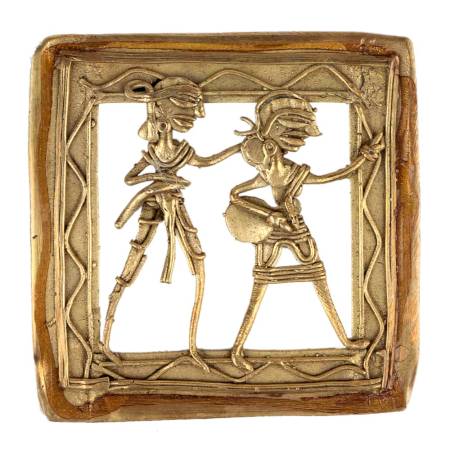
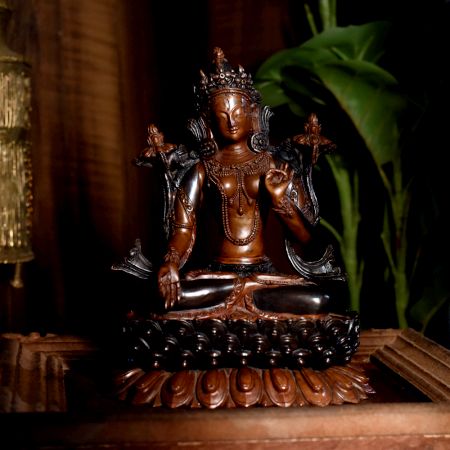
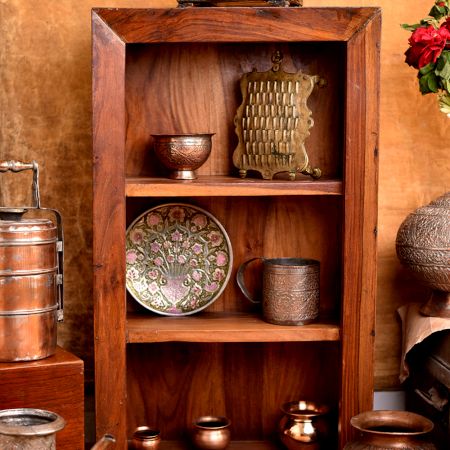
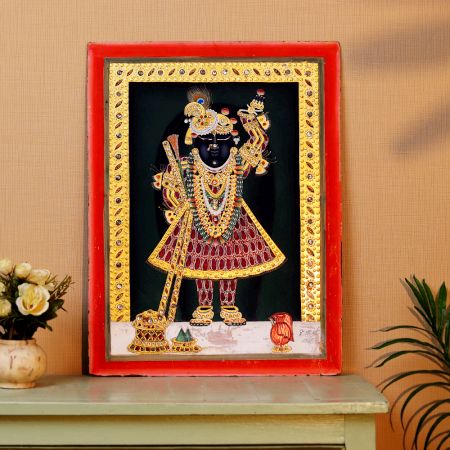
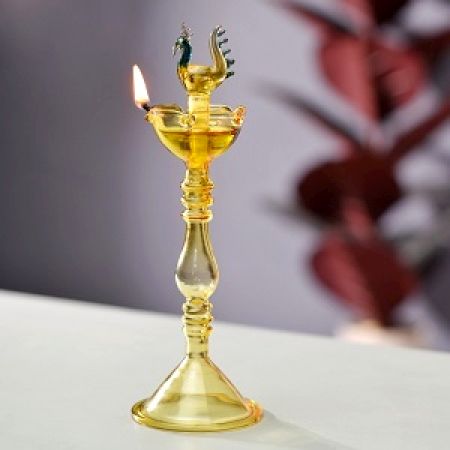

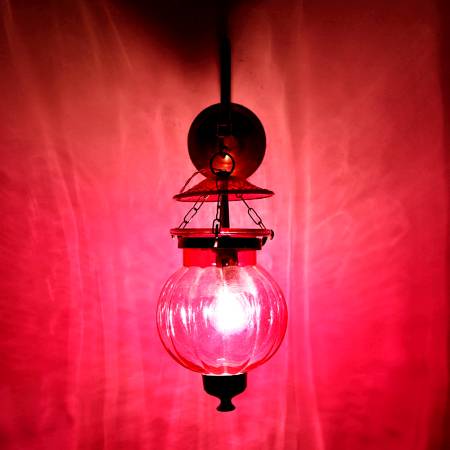

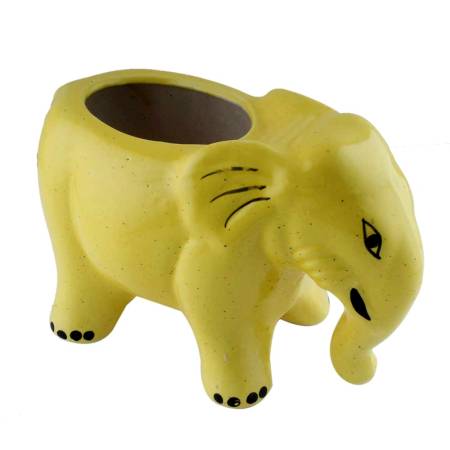
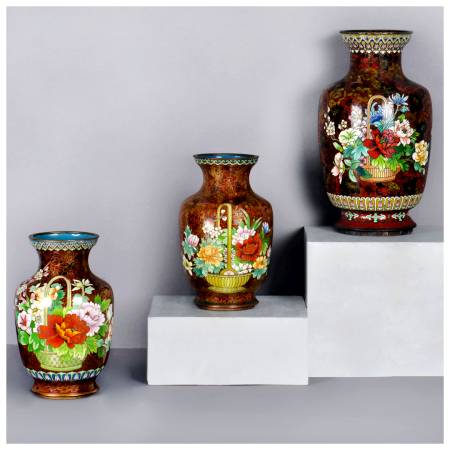
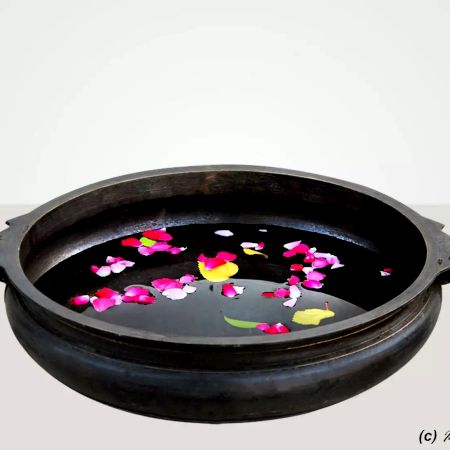
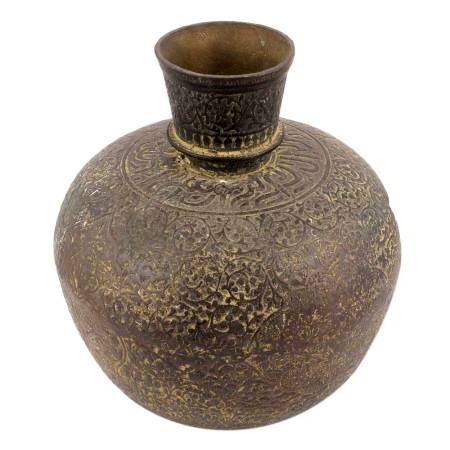
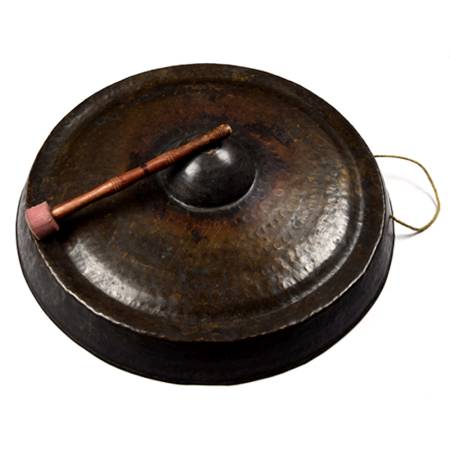
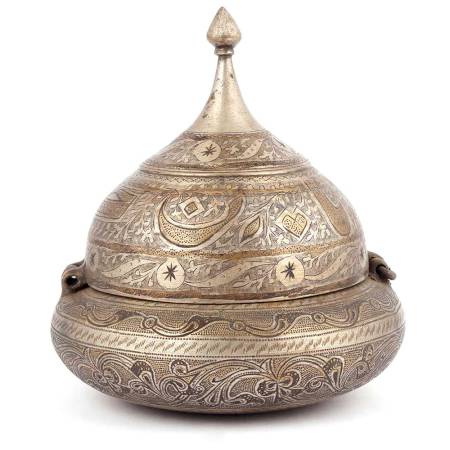

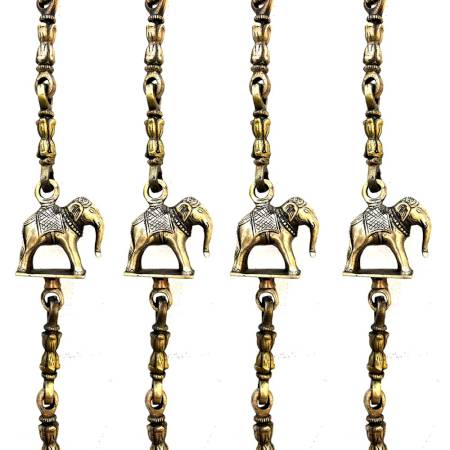
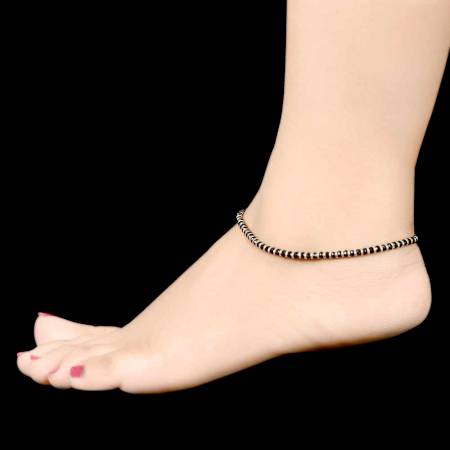
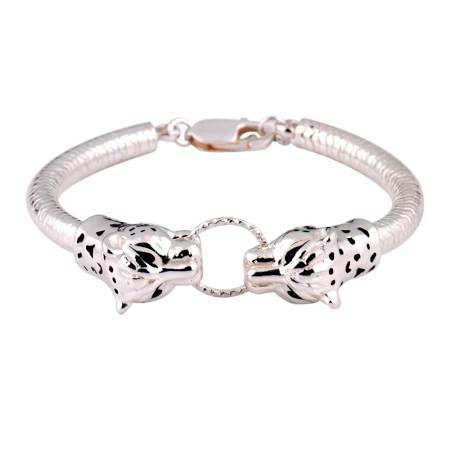
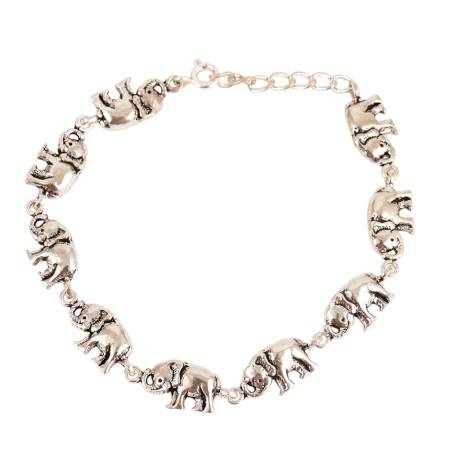
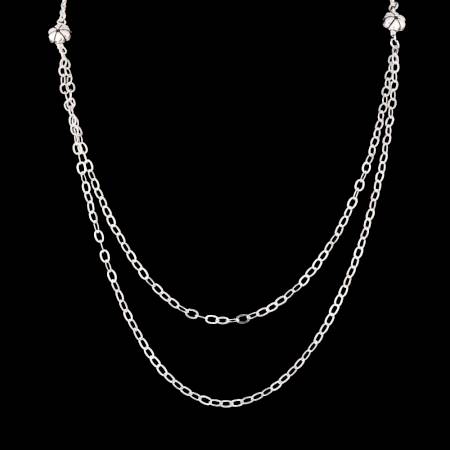

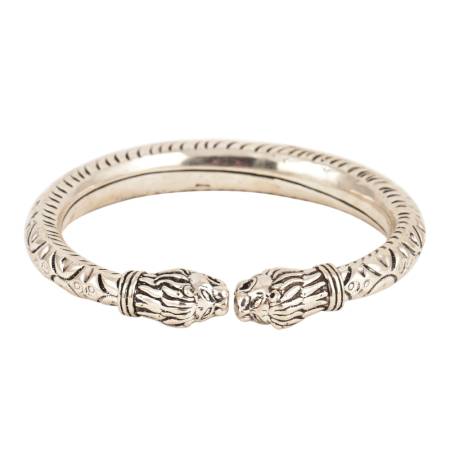
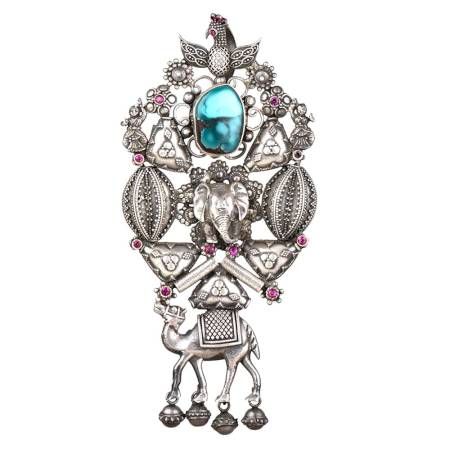
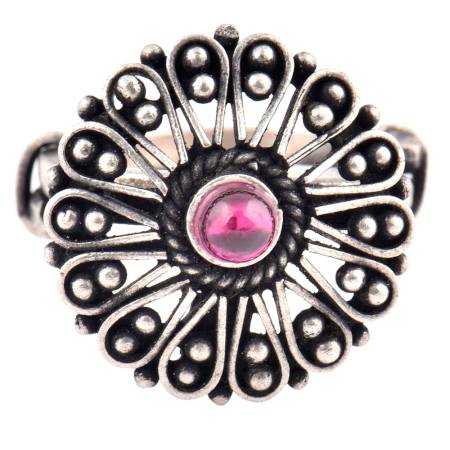
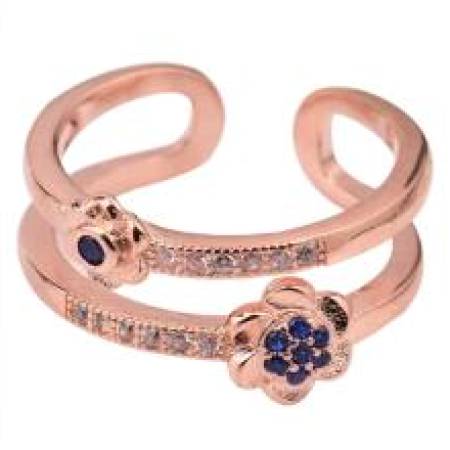
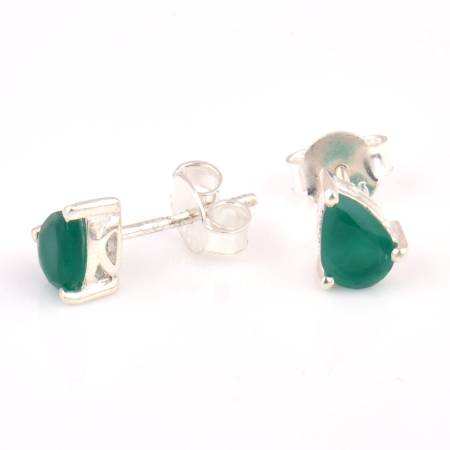

.JPG?ver=1.7)
.JPG?ver=1.7)




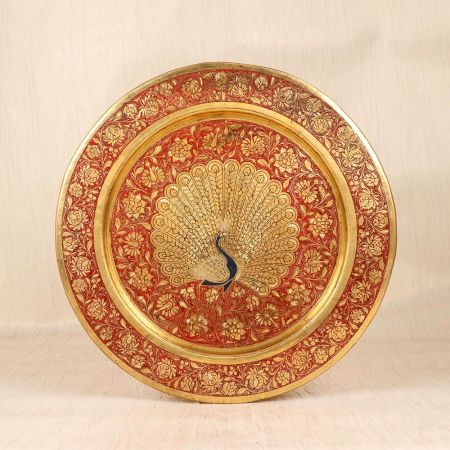
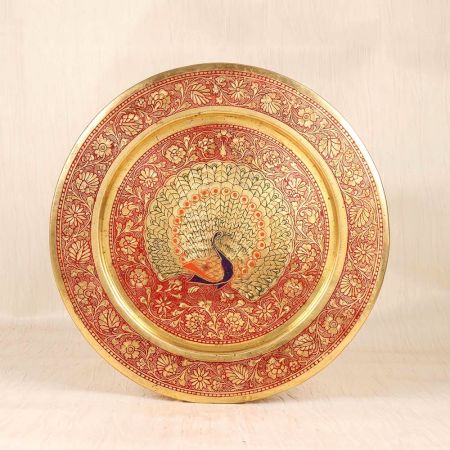
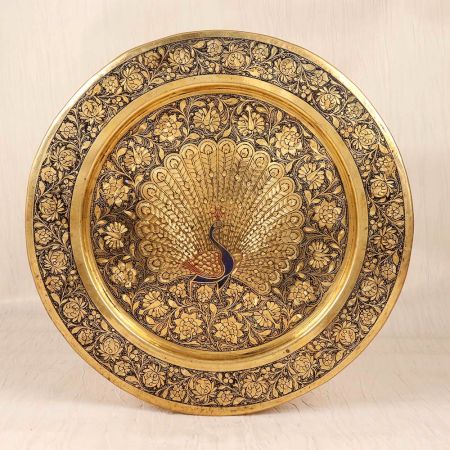
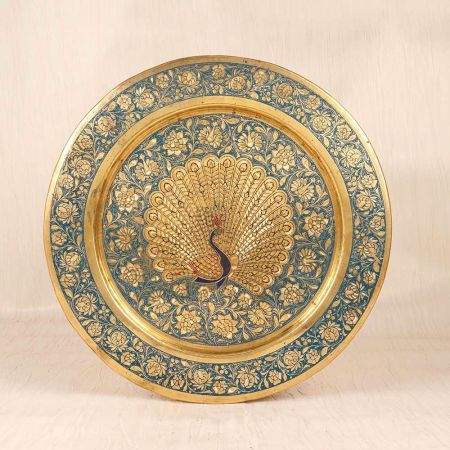
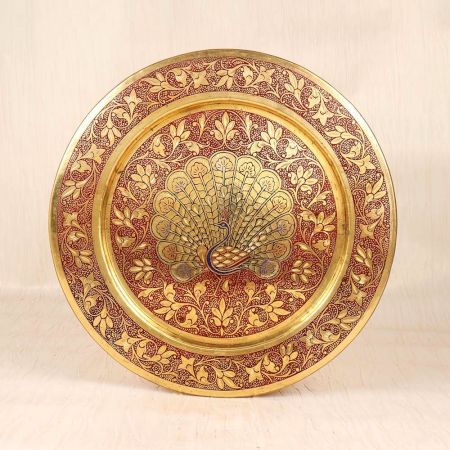

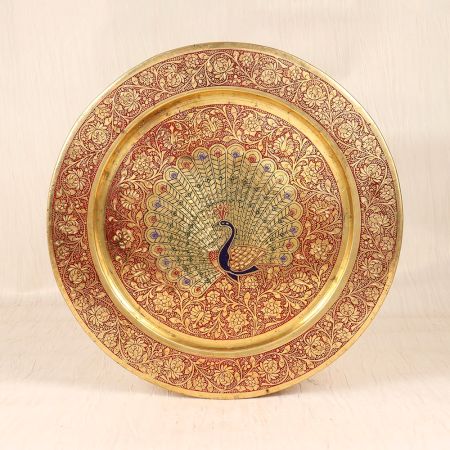
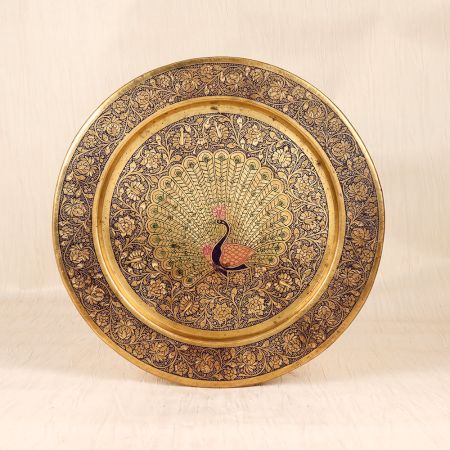
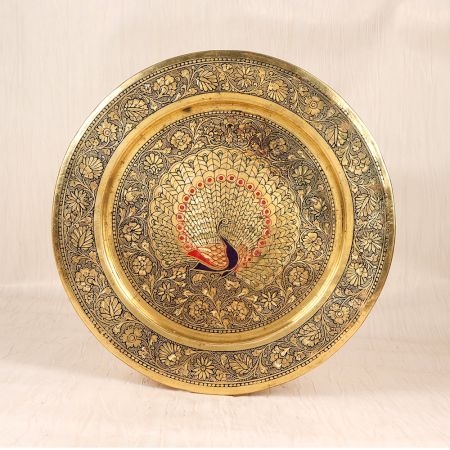
.JPG?ver=1.7)
.JPG?ver=1.7)
.JPG?ver=1.7)
.JPG?ver=1.7)
.JPG?ver=1.7)
.JPG?ver=1.7)
.JPG?ver=1.7)
.JPG?ver=1.7)
.JPG?ver=1.7)
.JPG?ver=1.7)
.JPG?ver=1.7)
.JPG?ver=1.7)
.JPG?ver=1.7)
.JPG?ver=1.7)
.JPG?ver=1.7)
.JPG?ver=1.7)
.JPG?ver=1.7)
.JPG?ver=1.7)
.JPG?ver=1.7)
.JPG?ver=1.7)
.JPG?ver=1.7)
.JPG?ver=1.7)
.JPG?ver=1.7)
.JPG?ver=1.7)
.JPG?ver=1.7)
.JPG?ver=1.7)
.JPG?ver=1.7)
.JPG?ver=1.7)
.JPG?ver=1.7)
.JPG?ver=1.7)
.JPG?ver=1.7)
.JPG?ver=1.7)
.JPG?ver=1.7)
.JPG?ver=1.7)
.JPG?ver=1.7)
.JPG?ver=1.7)
.JPG?ver=1.7)
.JPG?ver=1.7)
.JPG?ver=1.7)
.JPG?ver=1.7)
.JPG?ver=1.7)
.JPG?ver=1.7)
.JPG?ver=1.7)
.JPG?ver=1.7)
.JPG?ver=1.7)
.JPG?ver=1.7)
.JPG?ver=1.7)
.JPG?ver=1.7)
.JPG?ver=1.7)
.JPG?ver=1.7)
.JPG?ver=1.7)
.JPG?ver=1.7)
.JPG?ver=1.7)
.JPG?ver=1.7)
.JPG?ver=1.7)
.JPG?ver=1.7)
.JPG?ver=1.7)
.JPG?ver=1.7)
.JPG?ver=1.7)
.JPG?ver=1.7)
.JPG?ver=1.7)
.JPG?ver=1.7)
.JPG?ver=1.7)
.JPG?ver=1.7)
.JPG?ver=1.7)
.JPG?ver=1.7)
.jpg?ver=1.7)
.jpg?ver=1.7)
.jpg?ver=1.7)
.jpg?ver=1.7)
.JPG?ver=1.7)
.JPG?ver=1.7)
.jpg?ver=1.7)
.jpg?ver=1.7)
.jpg?ver=1.7)
.jpg?ver=1.7)
.jpg?ver=1.7)
.jpg?ver=1.7)
.jpg?ver=1.7)
.jpg?ver=1.7)
.jpg?ver=1.7)
.jpg?ver=1.7)
.JPG?ver=1.7)
.JPG?ver=1.7)
.JPG?ver=1.7)
.JPG?ver=1.7)
.JPG?ver=1.7)
.JPG?ver=1.7)
.jpg?ver=1.7)
.jpg?ver=1.7)
.JPG?ver=1.7)
.JPG?ver=1.7)
.JPG?ver=1.7)
.JPG?ver=1.7)
.JPG?ver=1.7)
.JPG?ver=1.7)
.JPG?ver=1.7)
.JPG?ver=1.7)
.JPG?ver=1.7)
.JPG?ver=1.7)
.JPG?ver=1.7)
.JPG?ver=1.7)
.JPG?ver=1.7)
.JPG?ver=1.7)
.JPG?ver=1.7)
.JPG?ver=1.7)
.JPG?ver=1.7)
.JPG?ver=1.7)
.JPG?ver=1.7)
.JPG?ver=1.7)
.JPG?ver=1.7)
.JPG?ver=1.7)
.JPG?ver=1.7)
.JPG?ver=1.7)
.JPG?ver=1.7)
.JPG?ver=1.7)
.JPG?ver=1.7)
.JPG?ver=1.7)
.JPG?ver=1.7)
.JPG?ver=1.7)
.JPG?ver=1.7)
.JPG?ver=1.7)
.JPG?ver=1.7)
.JPG?ver=1.7)
.JPG?ver=1.7)
.JPG?ver=1.7)
.JPG?ver=1.7)
.JPG?ver=1.7)
.JPG?ver=1.7)
.JPG?ver=1.7)
.JPG?ver=1.7)
.jpg?ver=1.7)
.jpg?ver=1.7)
.jpg?ver=1.7)
.JPG?ver=1.7)
.JPG?ver=1.7)
.JPG?ver=1.7)
.JPG?ver=1.7)
.JPG?ver=1.7)
.JPG?ver=1.7)
.JPG?ver=1.7)
.JPG?ver=1.7)
.JPG?ver=1.7)
.JPG?ver=1.7)
.JPG?ver=1.7)
.JPG?ver=1.7)
.JPG?ver=1.7)
.JPG?ver=1.7)
.JPG?ver=1.7)
.JPG?ver=1.7)
.JPG?ver=1.7)
.JPG?ver=1.7)
.JPG?ver=1.7)
.JPG?ver=1.7)
.JPG?ver=1.7)
.JPG?ver=1.7)
.JPG?ver=1.7)
.JPG?ver=1.7)
.jpg?ver=1.7)
.jpg?ver=1.7)
.jpg?ver=1.7)
.jpg?ver=1.7)
.jpg?ver=1.7)
.jpg?ver=1.7)
.JPG?ver=1.7)
.JPG?ver=1.7)
.JPG?ver=1.7)
.JPG?ver=1.7)
.JPG?ver=1.7)
.JPG?ver=1.7)
.JPG?ver=1.7)
.JPG?ver=1.7)
.JPG?ver=1.7)
.JPG?ver=1.7)
.JPG?ver=1.7)
.JPG?ver=1.7)
.JPG?ver=1.7)
.JPG?ver=1.7)
.JPG?ver=1.7)
.JPG?ver=1.7)
.JPG?ver=1.7)
.jpg?ver=1.7)
.jpg?ver=1.7)
.jpg?ver=1.7)
.jpg?ver=1.7)
.jpg?ver=1.7)
.jpg?ver=1.7)
.jpg?ver=1.7)
.jpg?ver=1.7)
.jpg?ver=1.7)
.JPG?ver=1.7)
.JPG?ver=1.7)
.JPG?ver=1.7)
.JPG?ver=1.7)
.JPG?ver=1.7)
.JPG?ver=1.7)
.JPG?ver=1.7)
.JPG?ver=1.7)
.JPG?ver=1.7)
.gif?ver=1.7)
.gif?ver=1.7)
